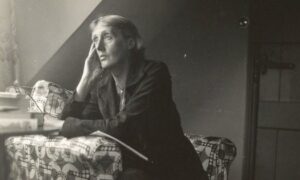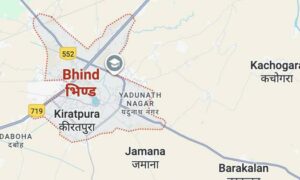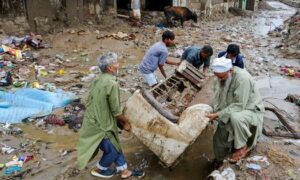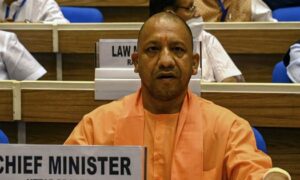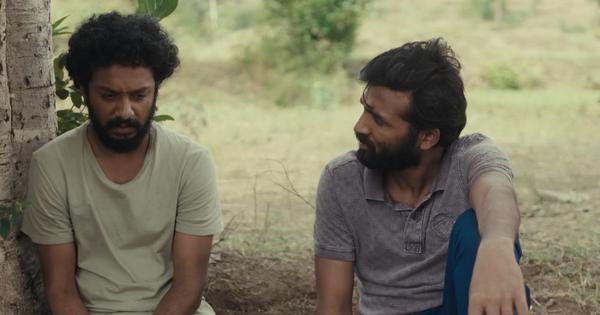
Rohan Kanawade’s Sabar Bonda (Cactus Pears) will be out in Indian cinemas after a months-long run in the international film festival circuit. Sabar Bonda was premiered in January at the Sundance Film Festival, where it won the World Cinema Grand Jury Prize: Dramatic award. The Marathi movie will be released on September 19 by Rana Daggubati’s company Spirit Media.
Kanawade’s feature debut is a gay romance set in rural Maharashtra. Following his father’s death, Anand (Bhushaan Manoj) accompanies his mother (Jayshri Jagtap) to his ancestral village to observe the traditional mourning period. Anand’s liaison with his neighbour Balya (Suraaj Suman) unfolds discreetly, under the noses of family members.
Sabar Bonda is a carefully constructed chronicle of a love as taboo as it is thrilling. Kanawade and cinematographer Vikas Urs use the 1.66:1 aspect ratio throughout to depict the growing physical and emotional bond between the men. In a previous interview, Kanawade had said, “I told Vikas that the film needed to look ultra-simplistic and real – like life unfolding in front of the camera.”
Vikas Urs’s credits include Natesh Hegde’s Pedro (2021) and Vagachipani (2025), Jaishankar Aryar’s Shivamma (2022) and Abhijit Mazumdar’s Body (2024). A Film and Television Institute of India alum, Urs was deeply drawn to the autobiographical elements in Sabar Bonda – the film is inspired by the director’s own experience of his father’s demise.
In an interview, 40-year-old Urs spoke to Scroll about shaping Sabar Bonda’s themes and emotional impact through his cinematography. Here are edited excerpts from the conversation.
Going into the Sabar Bonda shoot, what were your early thoughts?
When Rohan sent me the script, the first thing that excited me was that it reveals him. I had not read a script or seen a film in the recent past where this had happened.
Usually, filmmakers want to hide behind their films – either through the craft or the very idea. With Rohan, I saw a lot of transparency. Nobody could have made this film apart from him.
Rohan had spent a lot of time evolving the script. He had spent close to five years developing the film. Because it was also his first film, his ideas needed to be translated – the movement from the written form or the imagination to a cinematic form, an optical image.
Was the 1.66:1 aspect ratio decided at the outset itself? What are your thoughts on this method of framing a narrative?
I was trained on [celluloid] film. I had shot Natesh’s Vagachipani on 16mm celluloid in the 1.66 aspect ratio before Sabar Bonda.
1.66 was the standard widescreen aspect ratio used during the New Wave that started in the 1960s in Europe. The New Wave movements across Europe rejected both the 2.39:1 of the American widescreen and 1.33, which became a television format. The New Wave films were largely low budget and often shot on 16mm, so they kind of arrived at 1.66 as their aspect ratio.
Sabar Bonda was shot in the same aspect ratio, but on digital. In today’s digital projection, you wouldn’t notice much of a difference between 1.66 and 1.85, but you will see a significant difference between a 1.66 and a 2.39.
The 2.39 covers the entire screen. In 1.66, a much more limited screen area is covered.
In terms of composition, 1.66 is like a midway point between landscape and character. Both need to be balanced. Your imagery has to convey information and emotion using both space and character in a balanced form, in a way that doesn’t use up too much of the screen space, but also doesn’t limit that screen space to only the actor.
So, you are trying to arrive at a sweet spot between space, which is also the most important character in Sabar Bonda, apart from the actors. That is the beauty of 1:66, in that sense.
Much of the love story takes place in the wide open. Indoors, by contrast, Anand and Balya are restrained by the forbidden nature of their relationship.
The kind of world in which the film was supposed to take place was intimate, yet had vastness. The feeling of Anand and Balya being together had to be about me being intimate with them in their good, bad and ugly moments. But I also needed to be a certain distance from them in the outside world.
When Anand and Balya are outside, they are more free. That’s when the space becomes much more open to them, it’s more receiving of them. When they are inside, there is a certain sense of claustrophobia, of being inward and trapped.
Essentially, the film is dealing with the play between proximity and distance. You’re trying to be close to them, but not too close. You’re also trying to be far from them at times, but not too far. It’s the right distance, and right distance is relative.
With all the films that I have shot, I am always trying to figure out that right distance. It changes each time. With every film, with every world, with every emotion that you’re trying to open up, that idea of the right distance will keep changing, and it must. Otherwise, it will be a very static negotiation, it won’t allow any evocation to emerge.
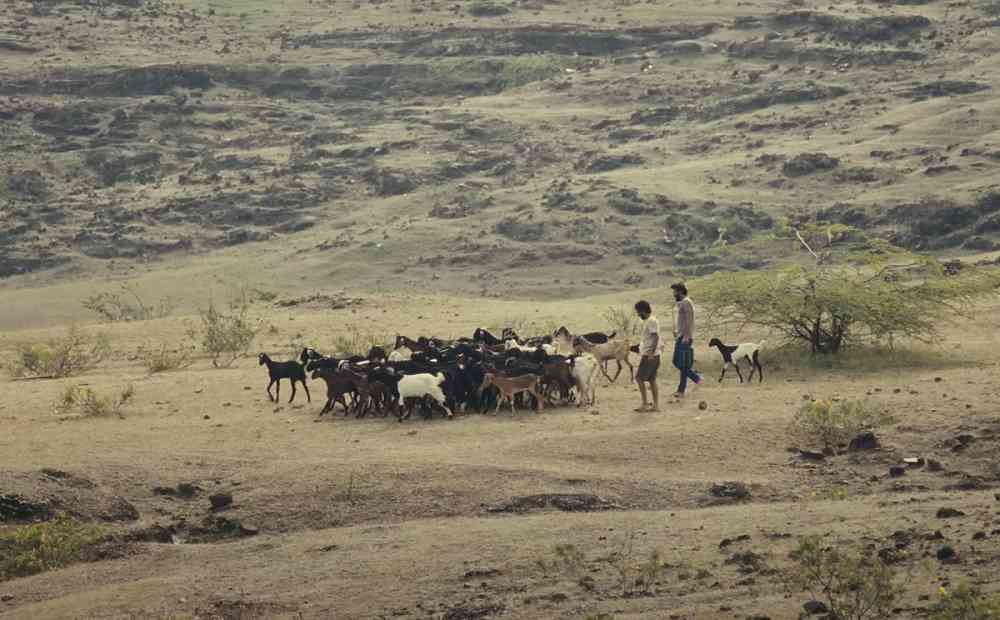
Across the film, there is an unusual division of the face into its various areas, which creates a different kind of intimate feeling.
We wanted to use the human face in itself, to look at it in a slightly awkward manner. The very first shot is of Anand dozing off. We should not look at Anand at his eye level. The idea of that moment itself, the strangeness of putting the audience right there at the beginning, and then cutting to a very real moment of seeing him and his mother in a waiting room in the hospital – the difference had to be felt. This meant arriving at the right height at which we see our characters and their spaces.
I don’t do any references at all. I largely respond to the spaces that I visit and the people that I meet. I have shot in different villages in India. Pedro was in Uttara Kannada. Shivamma was in a very barren part of Karnataka. Rohan’s film is set in Sangamner.
It’s about letting us live in that space. My pursuit is to create images without having the gaze of an outsider. I wouldn’t say that I manage to do this every time, but the pursuit is always to be the insider. In a way, this film’s imagery is about being the insider that Rohan is.
What is the emotional landscape that Sabar Bonda is traversing? In his interview with Scroll, Rohan Kanawade explained the film’s use of stillness by saying that he wanted to evoke the quality of looking at a photo album.
The starting point for Rohan is revisiting a memory. We wanted the camera eye to be as still as possible and create a feeling of movement within that stillness.
The entry point for the story is grieving. Coming to terms with grief is a difficult process to navigate. We didn’t want to disturb the process too much by creating drama around it, which Rohan had anyway not put into the writing.
Why did we need to move the camera at all? If we had to, could it move because of a character’s motivation, which is the classical way of seeing it? That wouldn’t serve this film’s purpose.
Anand is all over the place, internally. The whole drive was to make us feel the film internally, not externally. The exteriority was used to create an internal stirring or an internal journey.
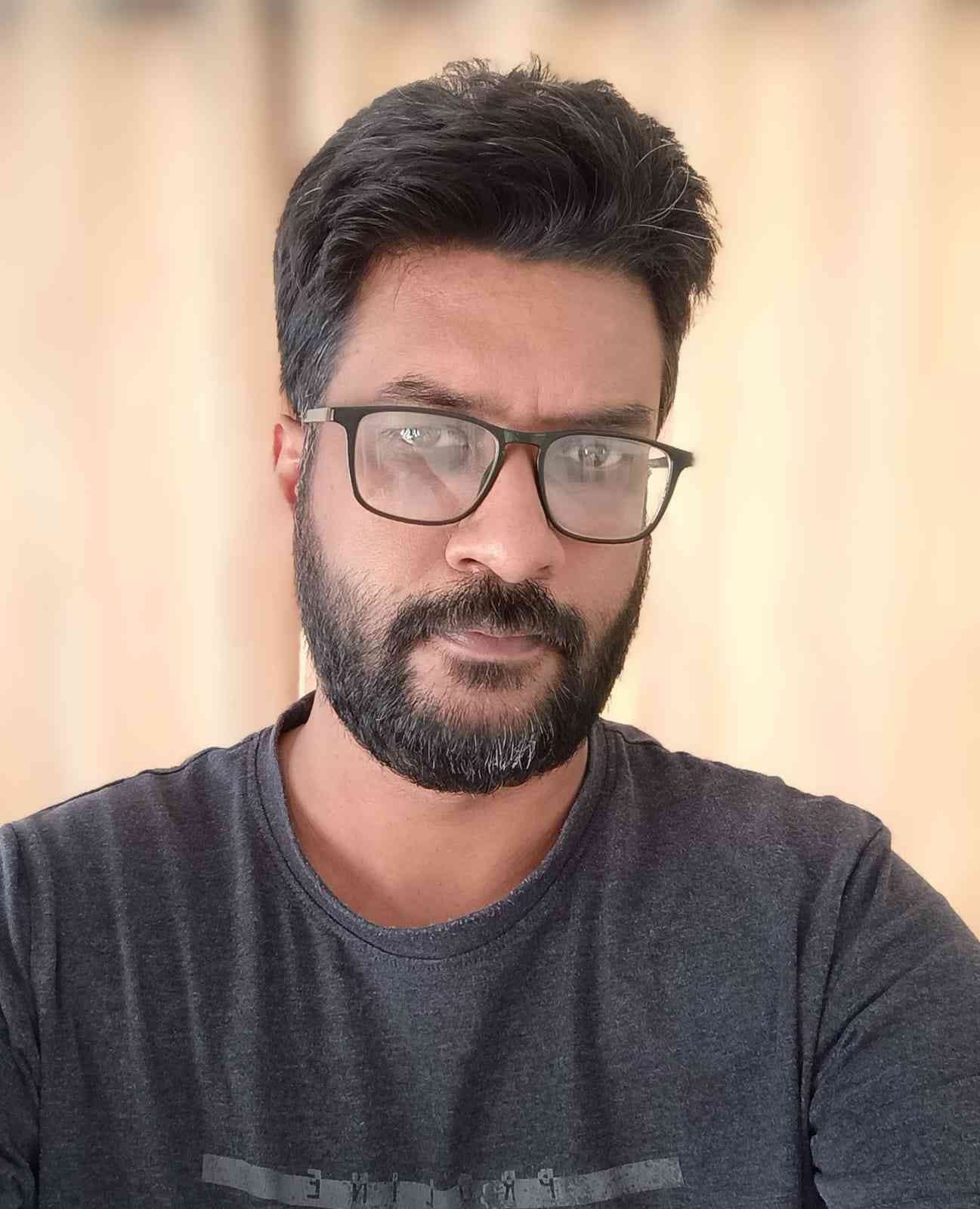
One of the pivotal scenes contains male nudity, which has been excised from the Indian theatrical cut. Was this tricky to shoot?
The whole film was tricky to shoot because we had to achieve certain technical parameters within a low budget and with non-professional actors. The process of mounting the film involved quite a lot of negotiations.
This particular scene was difficult for Bhushaan and Suraaj, in terms of their comfort as actors. The entire scene is taking us to the point where it is liberating for the characters, and not just as a sexual act. It’s liberating also for their inner turmoil to come together.
There is also a subtle dream-like quality to certain events in the film.
That was pretty much the state one was attempting in terms of the film’s experience – the memory location. Otherwise, viewers will just see this as a story, rather than participate in the building up of evocation. The compositions too aren’t about creating pretty pictures. If they don’t affect you, even pretty pictures cease to be pretty after a point.
What kind of colour gradation did Sabar Bonda undergo?
My way of working largely is that I fix a lot of my choices on location. I don’t like to manipulate imagery too much. Thankfully, these kind of films allow for very little manipulation.
[Chief colourist] Sidharth Meer, one of the film’s producers, understood where we were coming from. He had been with the script for a very long time. He negotiated with the inner construct that we were trying to open up for ourselves – like why the interiority can happen only if the images are not exterior. If the colour grading process starts becoming exterior, then the interiority is totally killed.We were all responding to the colour grading as an act of subtraction rather than addition. Even during the shooting, I was trying to keep it as less-is-more as possible.
The process was about being economical in the construction, but not purely economical in the experience. Which is why the shot-taking and duration are expansive. That sense of timelessness can only happen if you are able to arrive at an image that is not self-contained.
Also read:
In Marathi film ‘Sabar Bonda’, the forbidden fruit of gay love
📰 Crime Today News is proudly sponsored by DRYFRUIT & CO – A Brand by eFabby Global LLC
Design & Developed by Yes Mom Hosting



